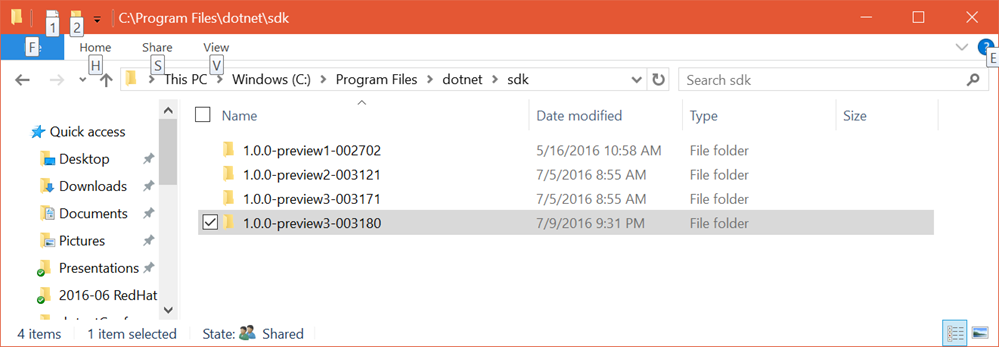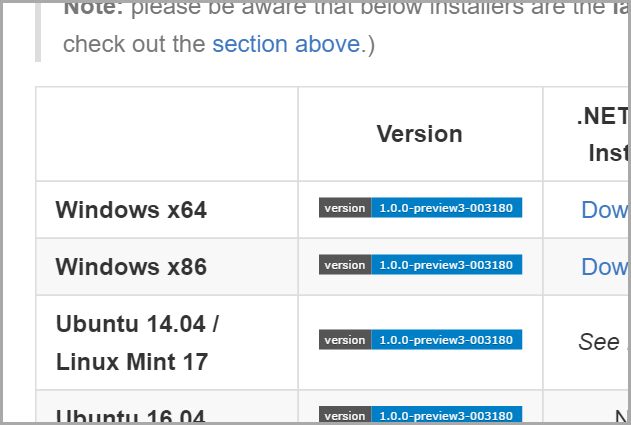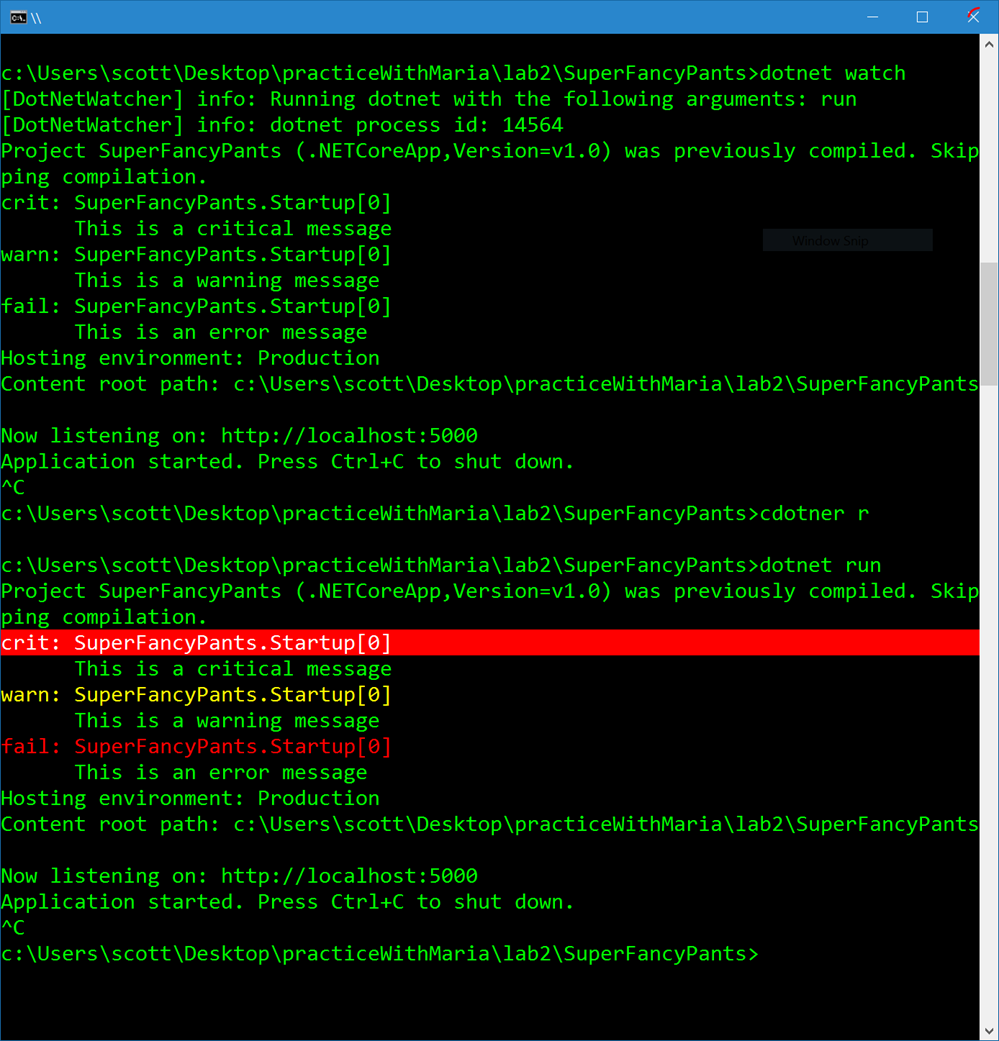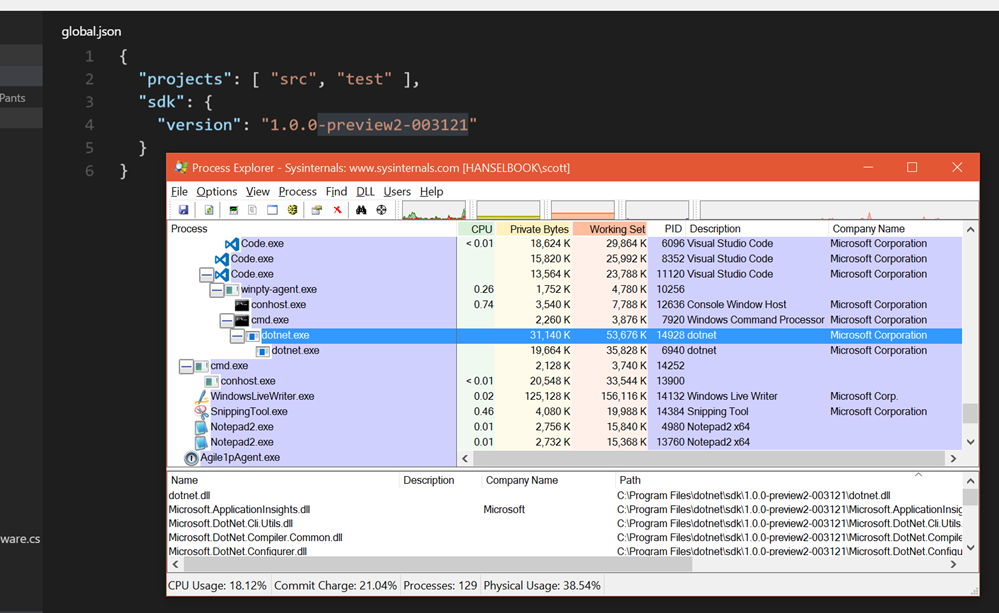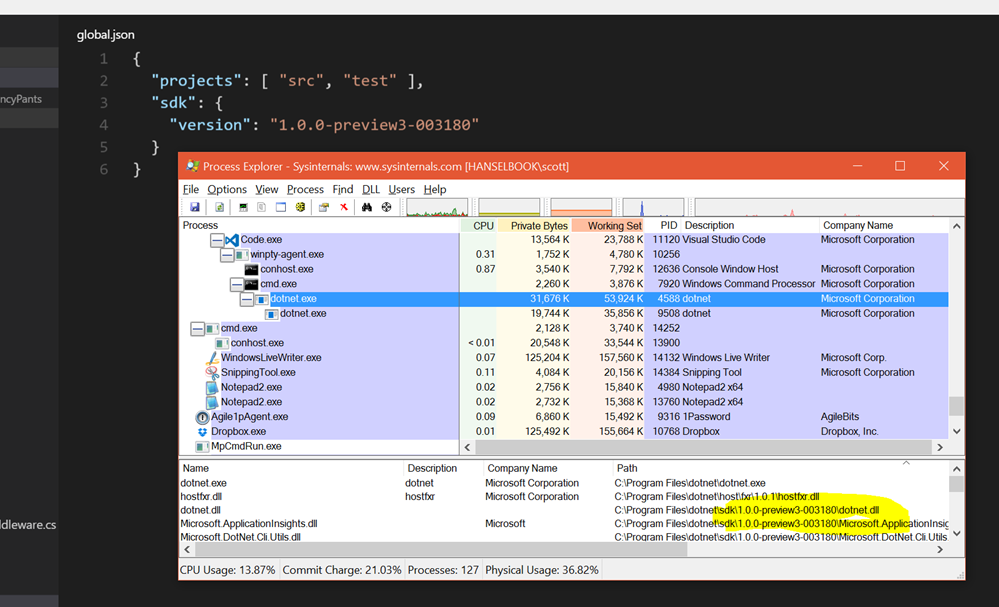Making YouTube videos look sharp and professional on a budget
My team is doing some videos to show off some features in Visual Studio. Most of my videos or YouTubes are screencasts so the video quality of the people parts aren't a huge deal. I REALLY try to make my audio sound good but I've been somewhat lax on the video side, usually just using a webcam. While the Logitech 930e is amazing as webcams go, it's not really "pro." It looks good but it still looks and feels like a webcam in both field of view and depth of field.
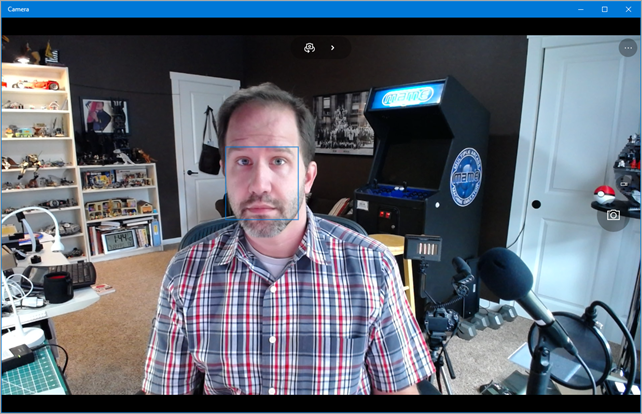
I went looking for videos that had the look and feel I wanted and asked those folks that I admired how they did it.
I always love the way my friend Chescaleigh's YouTube videos look. They are clear and in focus, with amazing lighting and the background is "blown." That means there is a shallow depth of field with just Franchesca in focus and the background is a somewhat blurry.
Franchesca pointed me to the Canon T3i DSLR HD camera. This is not just a nice still camera but also a very competent HD Video Camera that puts out fantastic 1080p video directly to an SD Card along with the ability to use alternate lenses. It also has options you can add on later like a remote control for focusing and starting/stopping recording.
The trick with the T3i is that it's a little older and you can find them for as little as $200-$250 on Craigslist. I've seen them cheap on Amazon as well. That makes them reasonable for a budget but again, the results look AMAZING.
I also love this video by Rachel Weil doing an overview Visual Studio Code. She steps it up with an interesting background and razor sharp focus. Her audio is also fantastic.
Rachel adds this Canon EF 50mm lens to her Canon DSLR to get a really tight focus. I haven't bought this lens yet but it's on my Amazon wishlist for the future.
Good audio is so important. I tried cheap lavaliere microphones but I find I get the best results with a condenser mic held just out of frame. I like the Samson C01U but you can get decent USB Mics for <$50. Record your video and audio in separate files, and before you start talking *CLAP* very loud to make a spike in your audio, then you can line up your audio and video/audio files in your editor like iMovie or Movie Maker. Then mute the audio in your main audio/video file so you'll be hearing the high quality audio from your good mic and the high quality video from your camera.
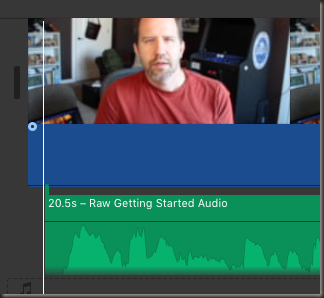
Finally, you need GOOD LIGHTING. ZOMG it matters so much. Even if you ignore all these tips and just use a webcam, get a nice light. Maria from my team recommended this CowboyStudio Dual Mount Brackets to let me mount a mic and lights to my camera, then I picked up this FANTASTIC 160 LED Power Panel. It's perfect because it's dimmable and includes color filters for getting different color temperatures or a diffuse effect.
I feel like the result is very close to the look I wanted and looks much more professional given a reasonable budget. Again, if you keep your equipment module (mic, camera, lenses, stands, lights, etc) you can improve your setup, as I have, as you have the cash.

How do YOU make videos that look sharp? Let me know in the comments.
Sponsor: Do you deploy the same application multiple times for each of your end customers? The team at Octopus have been trying to take the pain out of multi-tenant deployments. Check out their 3.4 beta release.
About Scott
Scott Hanselman is a former professor, former Chief Architect in finance, now speaker, consultant, father, diabetic, and Microsoft employee. He is a failed stand-up comic, a cornrower, and a book author.
About Newsletter




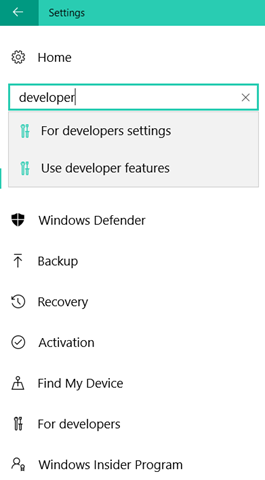 The new Windows 10 update coming in a few weeks. It's called Windows 10 "Anniversary Edition" (I would have just called it 10.1, because, I dunno, monotonically increasing numbers and all, but whatever) and it has a LOT of really nice refinements.
The new Windows 10 update coming in a few weeks. It's called Windows 10 "Anniversary Edition" (I would have just called it 10.1, because, I dunno, monotonically increasing numbers and all, but whatever) and it has a LOT of really nice refinements. 
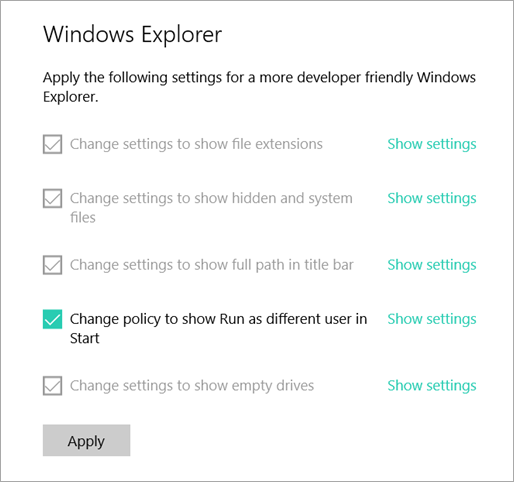

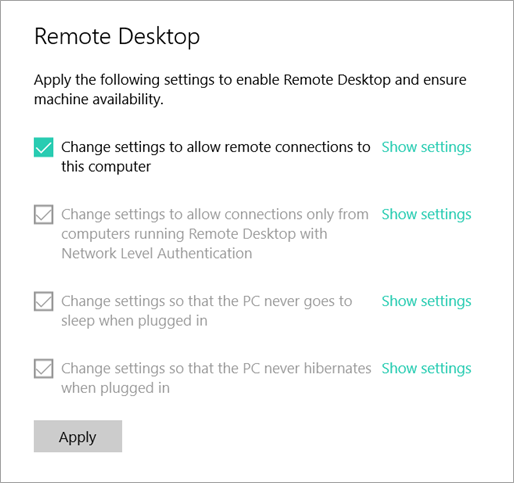

 I was meeting with a mentee today and she was commenting how stressed out she was. Overwhelmed with work, email, home, life, dinners, the news, finances...you know. LIFE. I am too. You likely are as well.
I was meeting with a mentee today and she was commenting how stressed out she was. Overwhelmed with work, email, home, life, dinners, the news, finances...you know. LIFE. I am too. You likely are as well.